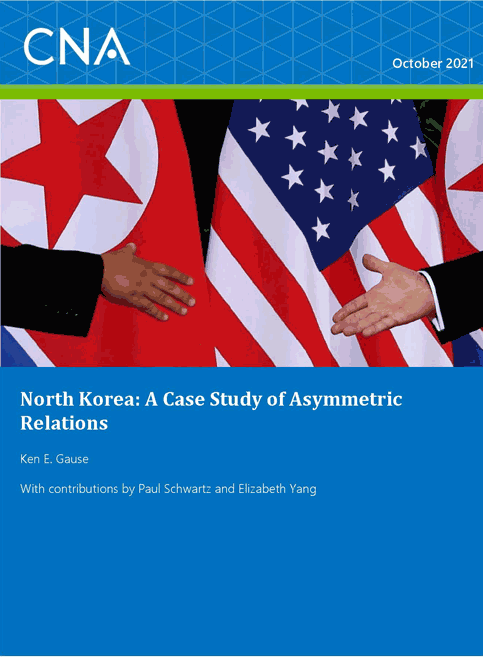Asymmetry between the United States and less powerful adversaries creates unique challenges not easily addressed by traditional international security policy precepts. Deterrence and compellence become harder to achieve because asymmetrically weaker powers often have greater interests at stake in bilateral and regional disputes than dominant powers do. By contrast, dominant powers such as the United States (US) often believe they can impose their will on a weaker power without making major concessions. Because of this disparity in perception and strategy, weaker powers have shown unexpected resistance to US pressure campaigns, a traditional foreign policy application to influence behavior. Thus, the potential for crisis and miscalculation is greater in such cases with weaker powers than in great power competition, where expectations and responses tend to operate within more symmetrical interests and powers.
Pressure campaigns from the last few US administrations have found mixed success with asymmetrically weaker powers. Under President Barack Obama, pressure helped pave the way for a deal to slow and cap Iran’s burgeoning nuclear program. North Korea, on the other hand, has remained relatively immune to US pressure diplomacy aimed at curtailing its nuclear program, taking only limited and reversible steps toward denuclearization. The US’s limited influence over North Korea stems from four primary causes: 1) a conflict of interest between the weaker power (North Korea) and stronger power (the US), 2) divergence between the two powers on the relative value of North Korea’s nuclear program, 3) contentment versus dissatisfaction with the status quo, and 4) North Korea’s fear of becoming even weaker if the status quo continues.
Early indications are that the Biden administration will move away from the high-stakes transactional diplomacy of the Trump administration to pursue a strategy of coercion or strategic patience—similar to the Obama administration’s foreign policy toward asymmetrically weaker adversaries who defied key US security objectives. Based on the unique circumstances of these adversaries, a return to traditional pressure strategies would likely lead to continued stalemate or, worse, the growth of an adversarial threat held unaccountable. Through an empirical analysis of interactions between North Korea and the US on the issue of North Korea’s nuclear program since the early 1990s until present, this study shows how traditional foreign policy tools like coercive diplomacy limit responses to such asymmetric powers like North Korea. With North Korea, engagement cannot be conducted as a black-and-white zero-sum game; it must be re-examined and incorporated as part of a larger regional strategy tied to great power competition.
Download reportThis work was created in the performance of CNA Independent Research Funding. This document represents the best opinion of CNA at the time of issue. It does not necessarily represent the opinion of the sponsor/client.
Distribution: Approved for public release. Unlimited distribution.
Details
- Pages: 44
- Document Number: COP-2021-U-030765-Final
- Publication Date: 10/3/2021
